Purpose
The University of Edinburgh recognises that our owned and managed sites encompass a range of habitats and species, with many opportunities to conserve and enhance conditions for biodiversity.
We are committed to actively enhancing conditions for and promoting biodiversity on our grounds. We support biodiversity in our local neighbourhoods and region, to improve the health and well-being of staff, students and the wider community.
Here we set out new policy guidelines for biodiversity, which are supported by a separate Biodiversity Strategy.
Estates biodiversity management
The University is committed to maximising the ecological value of its green space for the benefit of a wide range of flora and fauna, whilst at the same time retaining its functional value.
Our long term vision is to improve the biodiversity value of the existing estate and to contribute, where possible, to local, regional and national biodiversity targets.
We will aim to connect our estate with other green spaces, green corridors and the wider community.
We will also manage and develop our green space to provide positive benefits and psychological well-being to our students, staff and the people who regularly travel through our estate.
Woodlands that are not part of campus sites will be managed in keeping with the Woodland Management Plan, and with a view to engaging students and staff in future in terms of living lab projects, volunteering and other programmes.
Key estates management principles include:
- Ensure protection and conservation of existing habitats
- Give preference to native species of local provenance
- Create a mosaic of different habitats to provide a range for more species
- Link habitats (green chain) where possible for species movement
- Undertake grounds maintenance management operations at times to reduce impacts on species (feeding, breeding, hibernating)
- Compost green waste
- Align with Local Biodiversity Action Plans
- Where resources allow, work with students on Living Lab projects
Policy priorities
The University is aware that responsibility for biodiversity is not limited to the campus boundary. In addition to acknowledging the scale of our activity, the University has identified the following policy priorities:
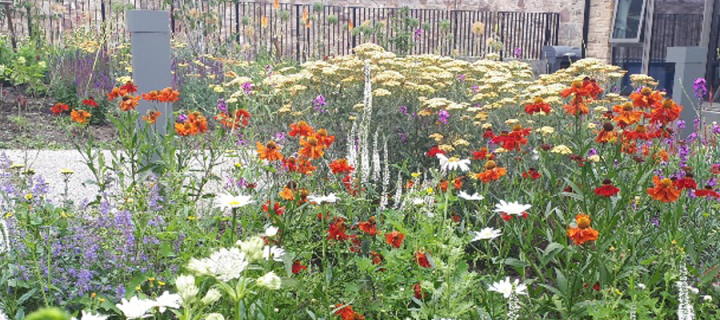
1. Protect existing biodiversity
The University of Edinburgh estate covers a physically large and diverse patchwork of land holdings, many of which are in urban locations.
The University is custodian of the associated biodiversity of these sites, which means it has a responsibility to ensure it understands their composition and value.
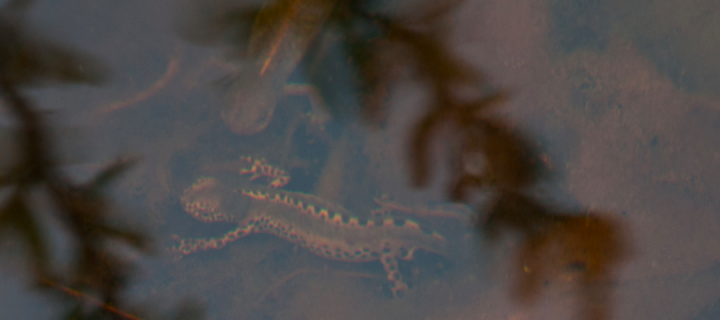
2. Enhance conditions for biodiversity where possible
This policy has been developed with reference to Scotland's Biodiversity Strategy.
The size and location of the University’s estate means it has a significant role to play in contributing to local and regional biodiversity efforts.
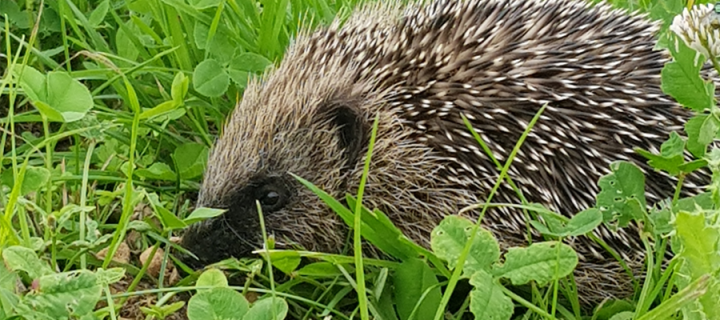
3. Connect areas for wildlife
It has become well-recognised practice to provide links or corridors for wildlife between sites, enabling support of greater numbers and variety of species.
Across the University estate there are opportunities to link up habitats in this way, joining up the University’s own pockets of green spaces to benefit the wider wildlife community.
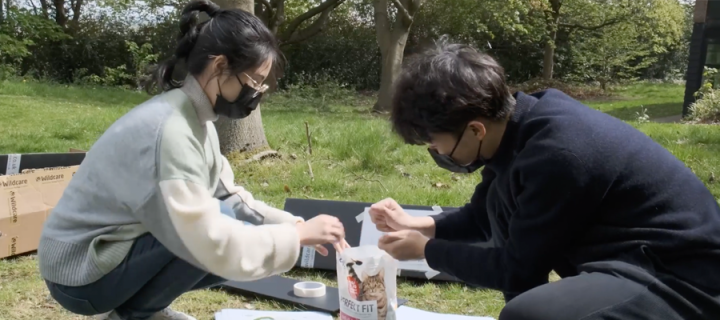
4. Promote engagement with biodiversity
Engagement with biodiversity is central to the success of any associated strategy. An understanding that the natural environment offers tangible benefits to everyone and that its conservation is a collective responsibility is vital. The University offers the opportunity to build staff and student capacity into our approach. Links between monitoring, research or conservation activities with academic programmes are in development.
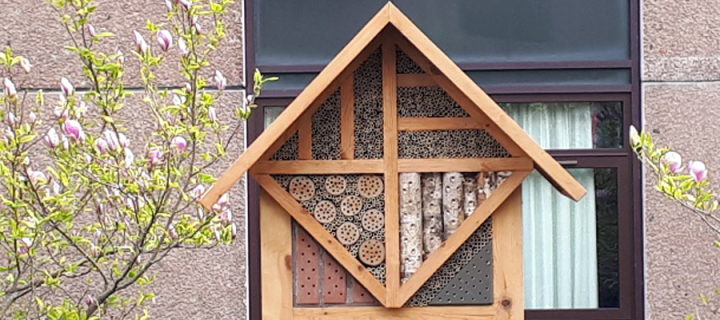
5. Follow general landscape management principles:
- Leave perennials standing until Spring to provide habitat and food sources
- Provide nesting sites and cover for wildlife by allowing shrub bed areas to grow to maturity undisturbed, as well as leaving log piles for cover and food
- Where suitable adopt a reduced mowing regime in selected appropriate areas
- Incorporate mulch to use as a soil improver
- Consider plant selection carefully using plants with a range of flowering times to ensure a continuity of food sources for insects
- Use trees and shrubs that produce fruit and berries in winter
- Diversify habitats by using a variety of plants/trees/shrubs to provide a range of vegetation levels
- Use of artificial habitats ie birdboxes/bat boxes/bug hotel/hedgehog shelters

6. Incorporate biodiversity into University developments
Biodiversity can be integrated with development, and it is possible to develop buildings, infrastructure and urban spaces that are valuable to both. This can only be achieved by thoughtful design that is considered from the first stages of project planning. The underlying philosophy of effective biodiversity and development policies is based on three principles: integral design, mitigation and adding value. These principles will guide the University.
The University’s ongoing development across the estate means there are opportunities to integrate biodiversity into development projects. Collaboration between the City Council planning department, architects, project managers and the biodiversity steering group at an early stage can ensure that innovative and progressive ideas are included in designs and that exemplar buildings that benefit future site users and increase the overall biodiversity value of the site are realised.
![The Informatics Forum Students relax in the roof garden. [Paul Dodds]](https://www.ed.ac.uk/sites/default/files/styles/panel_breakpoints_theme_uoe_mobile_1x/public/thumbnails/image/informatics_forum_and_bayes_centre_-_roof_garden_-_paul_dodds.png?itok=mXt3w762)
7. Provide buildings & structures for biodiversity
- Provide bespoke nesting boxes attached or integrated into buildings
- Consider the use of wildflower roofs in appropriate locations to help provide a source of nectar for bees and potential nesting sites
- The use of climbing plants to provide nesting habitats and a source of nectar and shelter
- Impact assessment should be considered in areas of re-development in terms of assessing the impact on the soft landscape and existing tree stock
- Building design will be optimised to create habitats on site to attract the broadest range of biodiversity possible

Approval and scope
The Biodiversity Plan has been approved by Estates Management Team and the Department for Social Responsibility and Sustainability (SRS).
The Plan applies to Estates management and includes support from and collaboration with SRS.
It is part of a wider biodiversity strategy that is overseen by Estates Department and SRS.
About us
The Department for Social Responsibility and Sustainability enables the University to understand, explain and deliver on its vision to make the world a better place by offering the most successful social responsibility and sustainability service in higher education.
